The Demon of Geopolitics
The Demon of Geopolitics
How Karl Haushofer Educated Hitler and Hess
Holger H. Herwig
Rowman & Littlefield
Lanham Boulder New York London
Published by Rowman & Littlefield
A wholly owned subsidiary of The Rowman & Littlefield Publishing Group, Inc.
4501 Forbes Boulevard, Suite 200, Lanham, Maryland 20706
www.rowman.com
Unit A, Whitacre Mews, 26-34 Stannary Street, London SE11 4AB, United Kingdom
Copyright 2016 by Rowman & Littlefield
All rights reserved. No part of this book may be reproduced in any form or by any electronic or mechanical means, including information storage and retrieval systems, without written permission from the publisher, except by a reviewer who may quote passages in a review.
British Library Cataloguing in Publication Information Available
Library of Congress Cataloging-in-Publication Data
Names: Herwig, Holger H.
Title: The demon of geopolitics : how Karl Haushofer educated Hitler and Hess / Holger H. Herwig.
Description: Lanham : Rowman & Littlefield, 2016. | Includes bibliographical references and index.
Identifiers: LCCN 2015051347 (print) | LCCN 2016000508 (ebook) | ISBN 9781442261136 (cloth : alkaline paper) | ISBN 9781442261143 (electronic)
Subjects: LCSH: Haushofer, Karl, 18691946. | Haushofer, Karl, 18691946Political and social views. | Haushofer, Karl, 18691946Influence. | IntellectualsGermanyBiography. | GeographersGermanyBiography. | GeopoliticsGermanyHistory20th century. | Hitler, Adolf, 18891945Political and social views. | Hess, Rudolf, 18941987Political and social views. | GermanyPolitics and government19181933. | GermanyPolitics and government19331945.
Classification: LCC DD247.H34 H47 2016 (print) | LCC DD247.H34 (ebook) | DDC 320.53/3092dc23
LC record available at http://lccn.loc.gov/2015051347
 The paper used in this publication meets the minimum requirements of American National Standard for Information SciencesPermanence of Paper for Printed Library Materials, ANSI/NISO Z39.48-1992.
The paper used in this publication meets the minimum requirements of American National Standard for Information SciencesPermanence of Paper for Printed Library Materials, ANSI/NISO Z39.48-1992.
Printed in the United States of America
My father broke away the seal.
He did not see the breath of evil.
He let the demon soar into the world.
Albrecht Haushofer, Moabit Sonnets

Contents

Acknowledgments
This project required an inordinate amount of travel to research sites in Germany, Switzerland, the United Kingdom, and the United States. I received courteous and professional care and advice from all libraries and archives that I visited, and it would be tedious to list all of the venues and their staffs. Thus, I will single out only a few people who went beyond the call of duty to assist me. First and foremost, I am deeply grateful to the Haushofer family for their invaluable assistance with this project. Karl Haushofers grandson, Hubert, kindly allowed me to interview him at Munich in August 2009. His granddaughter, Andrea Haushofer-Schrder, legal custodian of the Karl Haushofer Papers, and her sister-in-law, Renate Haushofer, steward of the Haushofer Papers at the familys farmstead, the Hartschimmelhof, granted me access to Karl and Martha Haushofers life-books ( Lebensbcher ) as well as to Marthas personal diary ( Tagebuch ) and chronicle ( Chronik ) of the Haus-hofer family. Renate Haushofer graciously hosted me at the Hartschimmelhof in April 2011 and again in May 2012 during my research. Karl and Martha Haushofers eldest grandson, Rainer, came out from Munich to grant me an opportunity to interview him about his grandparents.
William Spencer, principal specialist for military history at The National Archives, Kew, United Kingdom, cheerfully tracked down and helped me order photocopies of War Office and Foreign Office documents pertaining to Rudolf Hesss flight to Scotland in May 1941 that were not on hand when I worked at Kew in 2011. Dr. Gerhard Keiper of the Politisches Archiv, Auswrtiges Amt (Foreign Office), Berlin, unearthed the information concerning the Munich University essay prize that Rudolf Hess won in 1922 from German consular and embassy files pertaining to Spain. In similar fashion, Sven Devantier of the Bundesarchiv, Berlin, tried to track down the Baltic resettlement plan that Karl Haushofer prepared for Rudolf Hess in spring 1940 in the various files of Heinrich Himmlers eastern occupation empire, but without success. Dr. Claudius Stein of the Archive of the Ludwig-Maximilians-Universitt Mnchen helped locate the Bavarian connection to the essay prize long after I had given up hope of finding it during my research visits. The staff of the Special Collections Research Center at Georgetown University was especially forthcoming in helping me navigate through the immense Rev. Edmund J. Walsh, S.J. Papers. And Dr. Jrg Allguer and Elke Pfnr of the Corporate History Department of the HypoVereinsbank at Munich diligently searched their files (in vain) for Rudolf Hesss stenographic notes on the Haushofer-Hess-Hitler seminars at Landsberg Fortress Prison in 1924, which Ilse Hess had deposited at what was then the Bayerische Hypotheken- und Wechselbank in 1941 to keep them from being seized by Martin Bormann.
I also wish to acknowledge the kind assistance that I received in the medical and technological aspects of the book. Dr. Frank Stahnisch, Hannah Professor in the History of Medicine and Health Care at the University of Calgary, patiently explained to me Karl Haushofers various illnesses, most specifically the phthisis ( Lungenspitzenkatarrh ) that he contracted while in Japan in 190910. And Professor Dieter Lelgemann of the Department for Geodesy and Geoinformation Service of the Technical University, Berlin, in May and July 2010 shared with me his teams findingspublished later that year in Germania und die Insel Thule regarding the most likely location of the mythical island of Thule. They all helped put in proper focus various aspects of Haushofers incredible life.
Yet again I am deeply indebted to the wonderful staff of the Interlibrary Loan/Document Delivery office of the University of Calgary Library, who scoured libraries in Europe and North America for even the most obscure books and journals.
Finally, this project has been professionally and steadfastly managed by Susan McEachern, Editorial Director for History, International Studies, and Geography at Rowman & Littlefield. It has been a pleasure to work with her.
Holger H. Herwig

Introduction
Haushofer was Hitlers intellectual godfather. It was Haushofer, rather than Hess, who wrote Mein Kampf and who furnished the backbone for the Nazi bible and for what we call the criminal plan.... Really, Hitler was largely only a symbol and a rabble-rousing mouthpiece. The intellectual content of which he was the symbol was the doctrine of Haushofer.
Office of US Chief of Counsel, September 1945
Karl Haushofer was a man of many parts: editor, geographer, journalist, militia volunteer, calligrapher, painter, poet, professor, radio host, soldier, teacher, and writer. His career spanned the most fateful period of modern German history. Born in 1869 on the eve of the Franco-Prussian War, he died in 1946 after witnessing the total destruction of his beloved Germany. He served the Second Empire, the Weimar Republic, and the Third Reich. He is widely considered to have been the father of German geopolitics, and the men whom he counseled famously included Rudolf Hess and Adolf Hitler. The scathing indictment of Karl Haushofer cited above was the direct result of this perceived image of Haushofer as the fhrers master teacher and intellectual godfather. It was penned by US Chief of Counsel Sidney S. Alderman for Justice Robert H. Jackson to justify placing Haushofers name on the list of major war criminals ( participi criminis ) for the upcoming international military tribunal at Nuremberg. It represents the most damning indictment of Karl Haushofers role in modern German history.
Next page
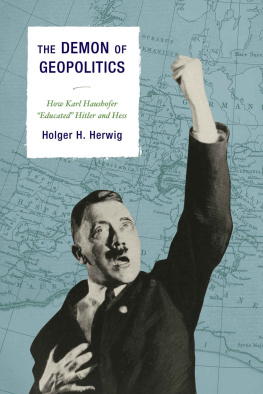
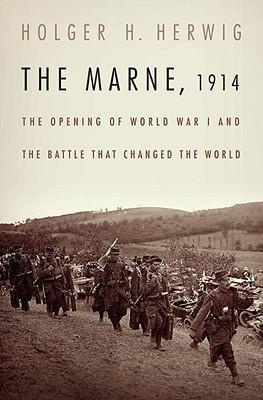
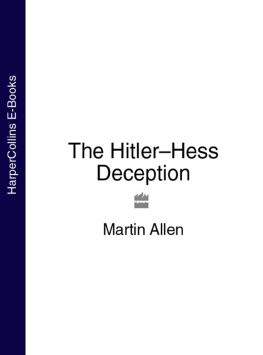
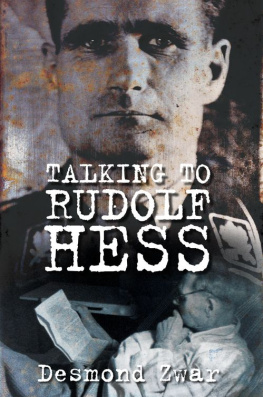

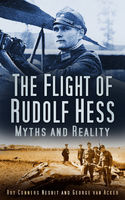
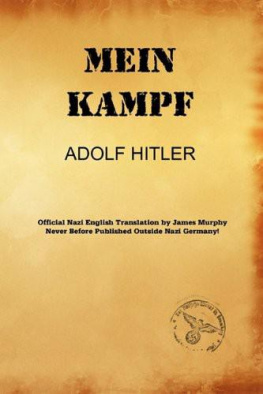
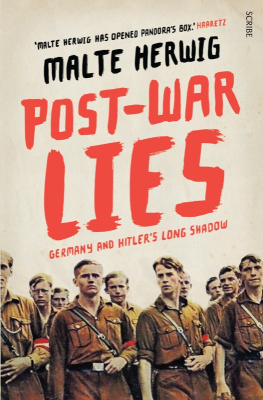
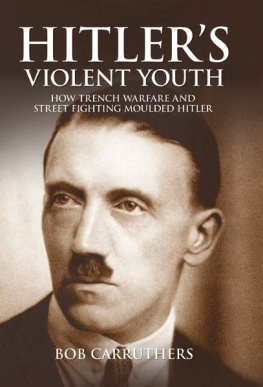
 The paper used in this publication meets the minimum requirements of American National Standard for Information SciencesPermanence of Paper for Printed Library Materials, ANSI/NISO Z39.48-1992.
The paper used in this publication meets the minimum requirements of American National Standard for Information SciencesPermanence of Paper for Printed Library Materials, ANSI/NISO Z39.48-1992.